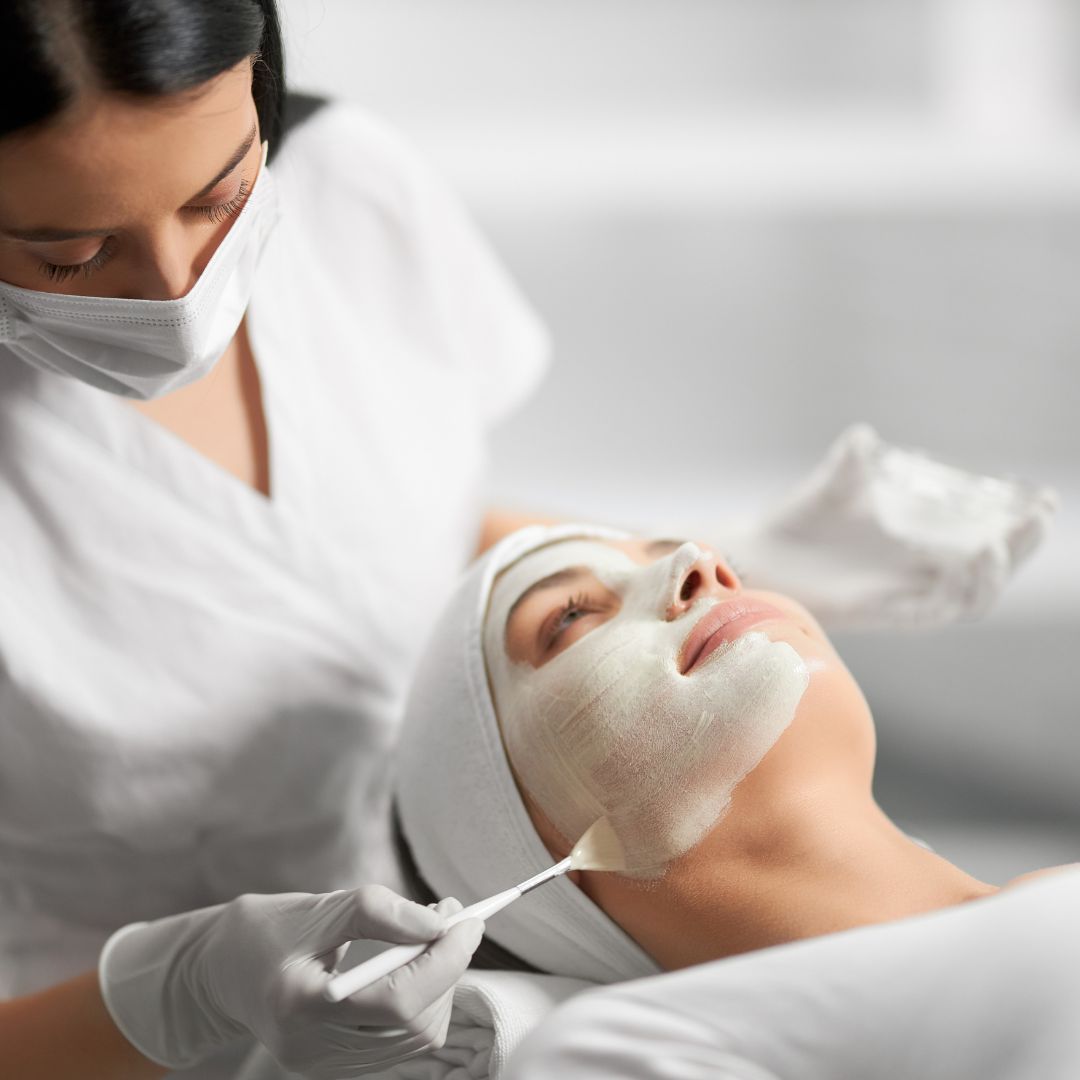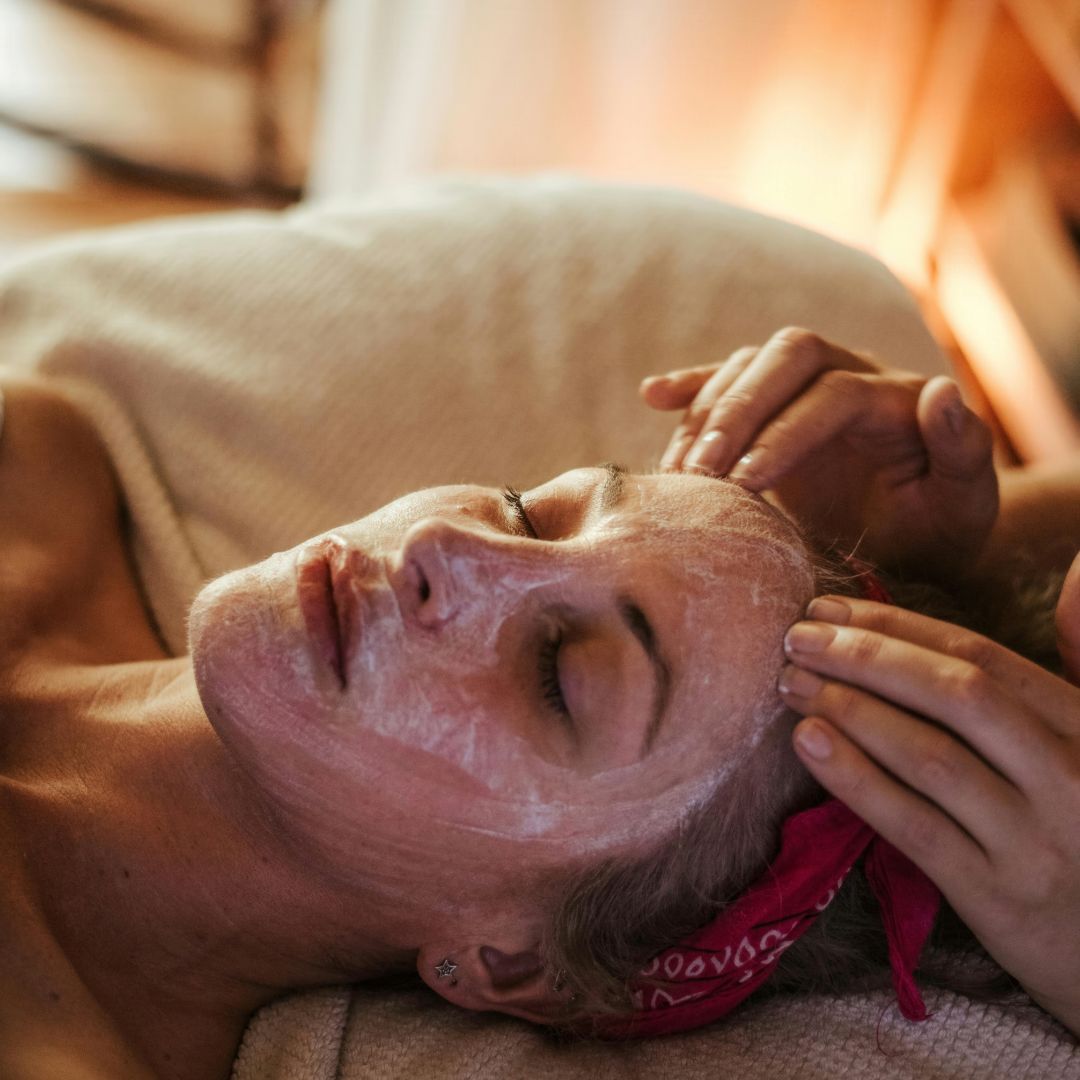In the bustling beauty scene of Bangkok, one question continues to dominate skin-conscious conversations: should you go for a traditional facial or opt for the increasingly popular Hydrafacial?
While both treatments promise a revitalized glow, their methods, technology, and outcomes differ in crucial ways. At HydraFacial Bangkok, we believe informed choices lead to better skin outcomes. This article breaks down the key differences so you can decide what’s right for your skin’s unique needs.
Understanding the Hydrafacial Process
The Hydrafacial process is much more than a traditional facial. It utilizes a patented Vortex-Fusion technology, which deeply cleanses, extracts impurities, and hydrates skin in one seamless process.
During the treatment, dead skin cells and impurities are gently exfoliated while the skin is simultaneously infused with serums rich in antioxidants, peptides, and hyaluronic acid. This multi-step system addresses a wide range of skin concerns such as dullness, dryness, acne, and fine lines, all without irritation or redness.

Understanding the Hydrafacial Advantage
Hydrafacial is a non-invasive, multi-step treatment that uses patented technology to cleanse, exfoliate, extract impurities, and infuse the skin with serums.
Unlike traditional facials that rely on manual techniques and topical products, Hydrafacial employs a vortex-fusion delivery system. This innovative approach offers a deeper cleanse and more precise serum absorption. It addresses various skin issues—like fine lines, clogged pores, and uneven skin tone—with scientifically-backed efficacy, often visible after just one session.
Traditional Facials: The Classic Experience
Traditional facials offer a more hands-on experience, often involving steaming, manual extractions, facial massage, and application of masks and moisturizers.
These treatments vary depending on the therapist and product line used. They can be deeply relaxing and customized for issues like acne or dryness. However, results tend to be more superficial and may require frequent sessions for sustained improvement.
Technology vs. Technique
One of the key differences lies in how the treatments are performed: Hydrafacial relies on technology, while traditional facials emphasize manual technique.
Hydrafacial’s machine-guided approach ensures consistency and minimizes human error. Each session is standardized yet customizable, reducing the chance of post-treatment irritation or breakouts. In contrast, the outcome of traditional facials may depend more heavily on the skill and experience of the therapist.
Skin Types and Targeted Concerns
Both Hydrafacial and traditional facials cater to a wide range of skin types, but their strengths differ.
Hydrafacial is suitable for nearly all skin types, including sensitive skin, and effectively treats multiple conditions at once. It’s ideal for congested skin, fine lines, and uneven texture. Traditional facials, while versatile, may need more careful selection of products and techniques to suit individual skin types, especially for those with reactive or acne-prone skin.

Immediate vs. Gradual Results
One of the most celebrated benefits of Hydrafacial is the immediate glow it provides.
Most clients report visibly smoother, plumper, and cleaner skin right after treatment. Traditional facials often offer a more subtle, gradual improvement. The effects may not be as dramatic, and in some cases, redness or irritation can occur shortly after the session.
Cost and Maintenance
Traditional facials typically cost less per session than Hydrafacial, but this doesn’t always equate to better value.
Hydrafacial, while more of an investment, can deliver longer-lasting results with fewer treatments. When considering time, results, and skincare goals, many clients find Hydrafacial to be the more cost-effective option in the long run.
Customization and Experience
Both options can be personalized, but Hydrafacial takes customization to a new level with its targeted boosters and data-driven approach.
Whether you’re looking to reduce pigmentation, firm your skin, or hydrate deeply, Hydrafacial’s add-ons can be tailored precisely to your goals. Traditional facials also allow for personalization, but the variability in outcomes can be greater depending on the provider.
Conclusion
Choosing between a Hydrafacial and a traditional facial depends on your skin goals, budget, and preference for technology or touch. At HydraFacial Bangkok, we believe that both treatments have their place in a well-rounded skincare routine. However, if you're seeking consistency, customization, and instant results backed by science, Hydrafacial may just be your skin’s best friend.